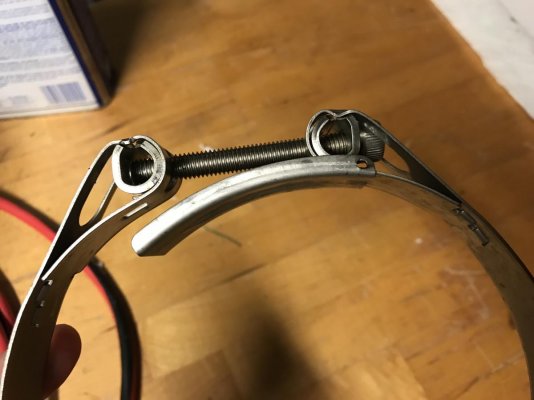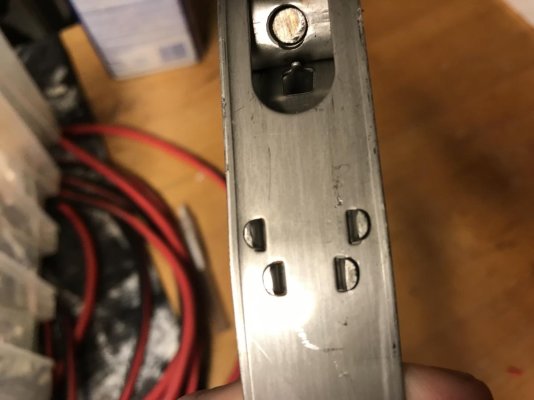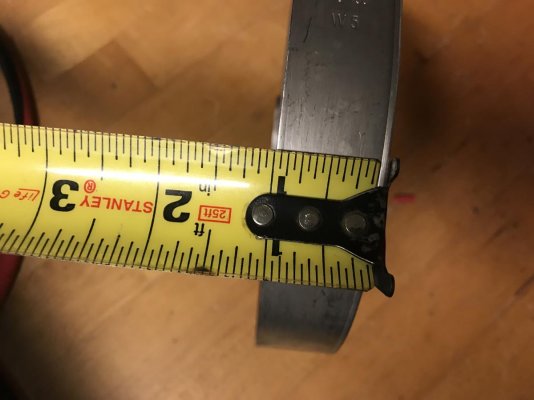I am replacing my exhaust hose which connects the exhaust elbow to the fiberglass exhaust tunnel. The exhaust elbow is not in perfect alignment and regular wet exhaust hose seems to put a lot of undue stress on the fiberglass tunnel/pipe. It takes about an18” piece of hose to join the two. Upon inspection it appears there is an old crack in the fiberglass which was repaired earlier in its life but is reestablishing itself. They installed a slightly longer hose to cover the repair. I don’t think they were trying to hide it I think it gave them piece of mind knowing if the repair failed the hose would keep the gases and soot contained.
I am having the crack professionally repaired and I to will be sure my new hose covers the repair. I am installing Trident Silicone hose. I chose it for not only it’s superior life and heat tolerance but for its flexibility. I think it will put a lot less stress on the poorly aligned pieces. The cost of that hose is ridiculously expensive and they don’t sell it by the foot. I had to buy a 5’ piece for a 2nd splice!
My questions to you:
What do you think caused the crack? I think when they were trying to install the new after market elbow they tried to force the fit and or they tightened a clamp too hard. The spot that is cracked has a built in surface imperfection causing a slight dip. I am thinking they originally had a shorter hose and they had trouble sealing that dip and over tightened the clamp. WAG
What do you think about using the silicone hose?
Last and most important. On one of the web sites I found a title of an article written by Tony (I think he is associated with Seaboard Marine). The title reads something like “How to properly clamp an exhaust hose. I have tried numerous times and ways to open that file but can’t. If any of you have that article or know where I can read it I would appreciate it.
I figure the article refers to rubber hose and not silicone. I know to use smooth clamps. Any thing else I should know?
Thanks
I am having the crack professionally repaired and I to will be sure my new hose covers the repair. I am installing Trident Silicone hose. I chose it for not only it’s superior life and heat tolerance but for its flexibility. I think it will put a lot less stress on the poorly aligned pieces. The cost of that hose is ridiculously expensive and they don’t sell it by the foot. I had to buy a 5’ piece for a 2nd splice!
My questions to you:
What do you think caused the crack? I think when they were trying to install the new after market elbow they tried to force the fit and or they tightened a clamp too hard. The spot that is cracked has a built in surface imperfection causing a slight dip. I am thinking they originally had a shorter hose and they had trouble sealing that dip and over tightened the clamp. WAG
What do you think about using the silicone hose?
Last and most important. On one of the web sites I found a title of an article written by Tony (I think he is associated with Seaboard Marine). The title reads something like “How to properly clamp an exhaust hose. I have tried numerous times and ways to open that file but can’t. If any of you have that article or know where I can read it I would appreciate it.
I figure the article refers to rubber hose and not silicone. I know to use smooth clamps. Any thing else I should know?
Thanks




